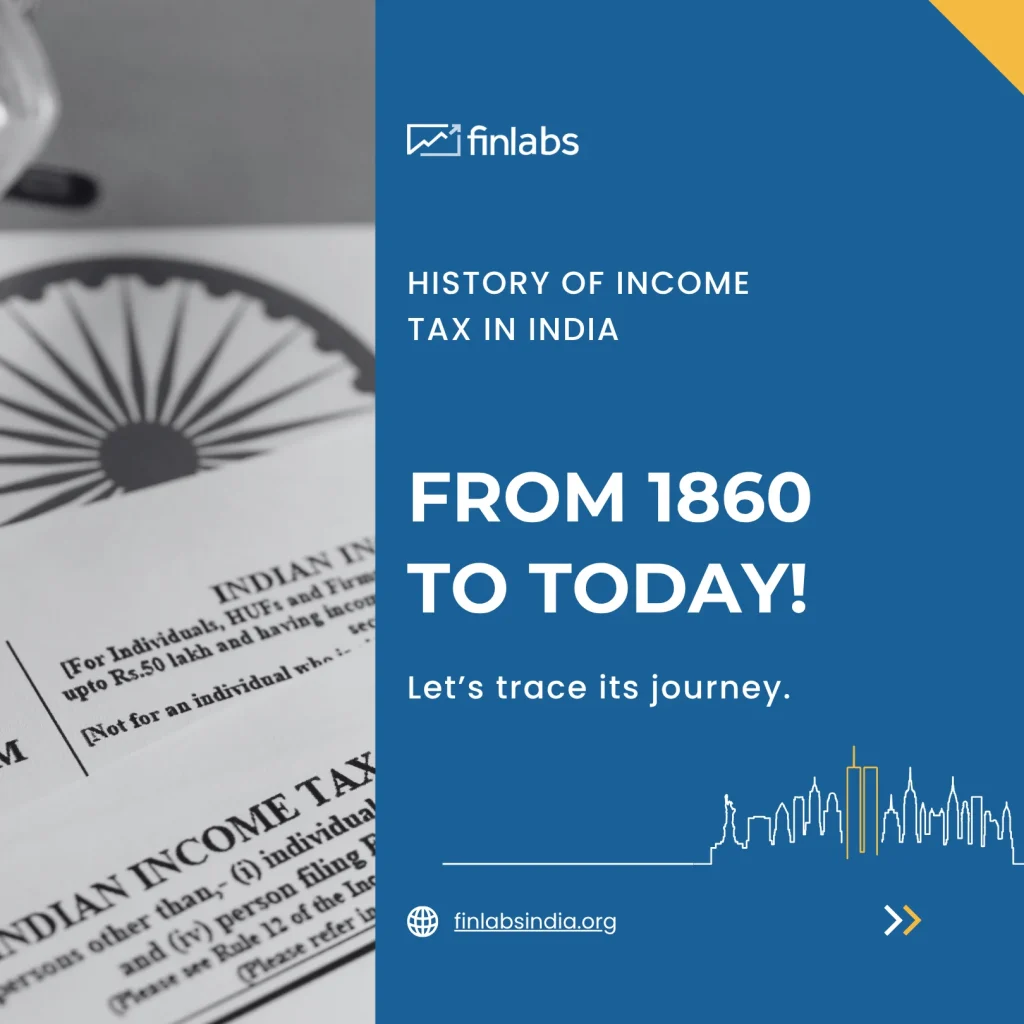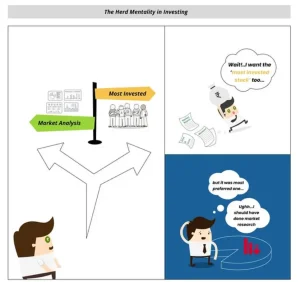Ancient Beginnings
Mentioned in Manu Smriti, with traders & artisans paying ~20% of income; agriculturists paid between 1/6 and 1/10 in kind.
Kautilya’s Arthashastra (~230 BC) introduced structured taxation: fixed rates (e.g. 1/6 for farmers), progressive slabs, scheduled payments, tolls, export/import duties
First Modern Income Tax – 1860
Introduced by Sir James Wilson to offset losses after the 1857 rebellion.
Valid for five years; exempted agricultural income and life‑insurance premiums; recognized Hindu Undivided Families (HUFs) as separate taxable units
Income Tax Act of 1918
Expanded to include casual, non-recurring receipts and corresponding deductions in taxable income computation.
Income Tax Act of 1922
Established the first systematic and flexible tax framework: tax rates set per budget, without needing frequent legislative revisions
The 1961 Act (enforced from April 1, 1962)
Consolidated earlier laws into a unified structure applicable across India (including Sikkim and Jammu & Kashmir).
Introduced taxation under five distinct heads (salary, business, capital gains, house property, and other sources), added audit mechanisms, and standardized assessment processes
Modern Developments
Since 1962, the Income Tax Act of 1961 has remained in force but has undergone annual amendments to adapt to changing economic and social needs.
Refrences Link: https://www.estartindia.com/
#IncomeTaxIndia #FinancialFriday #FinanceFacts #TaxSimplified #TaxTalk #KnowYourTax #MoneyMadeSimple #IndiaTaxHistory #IncomeTaxEvolution #FinanceEducation




